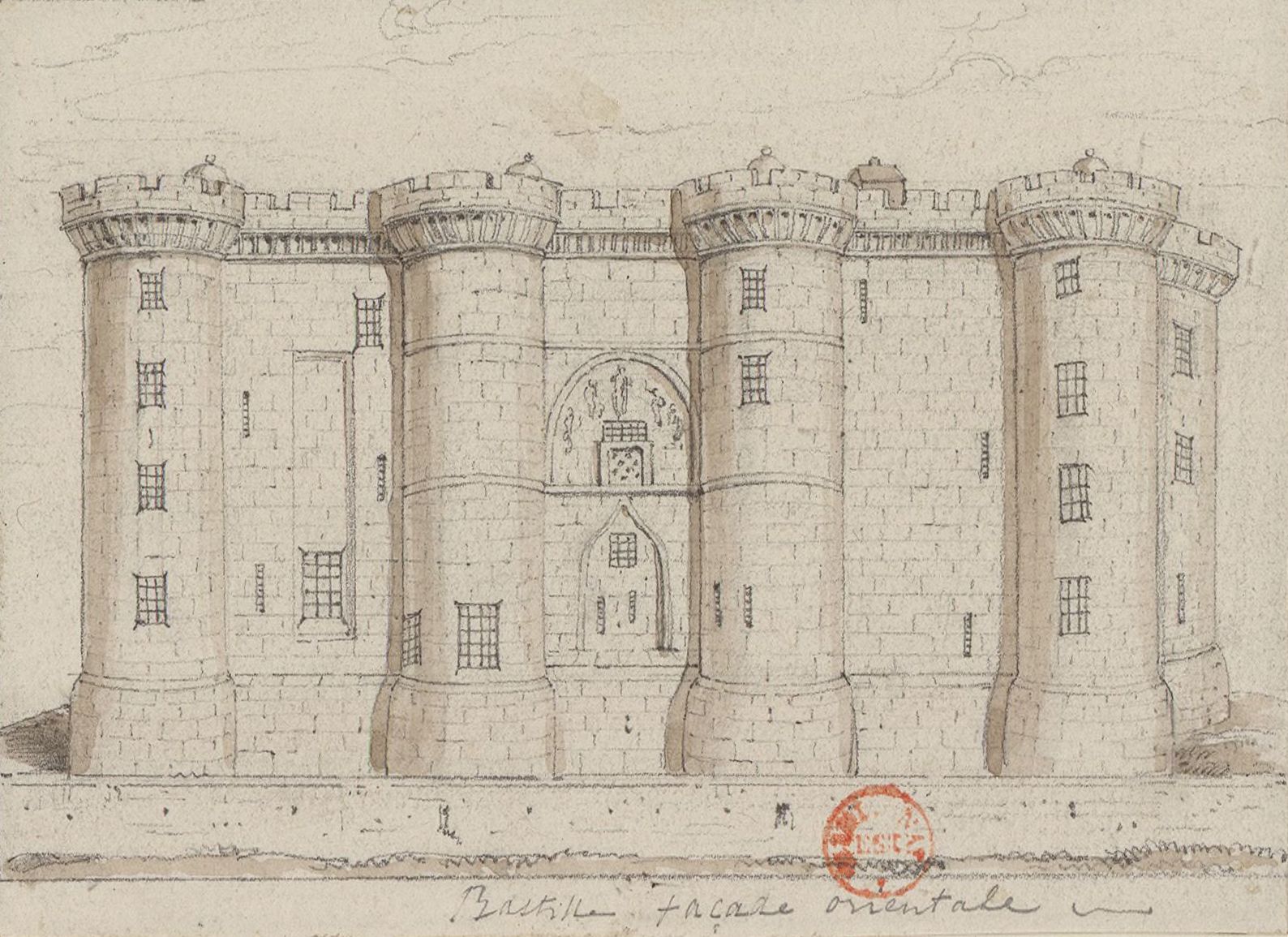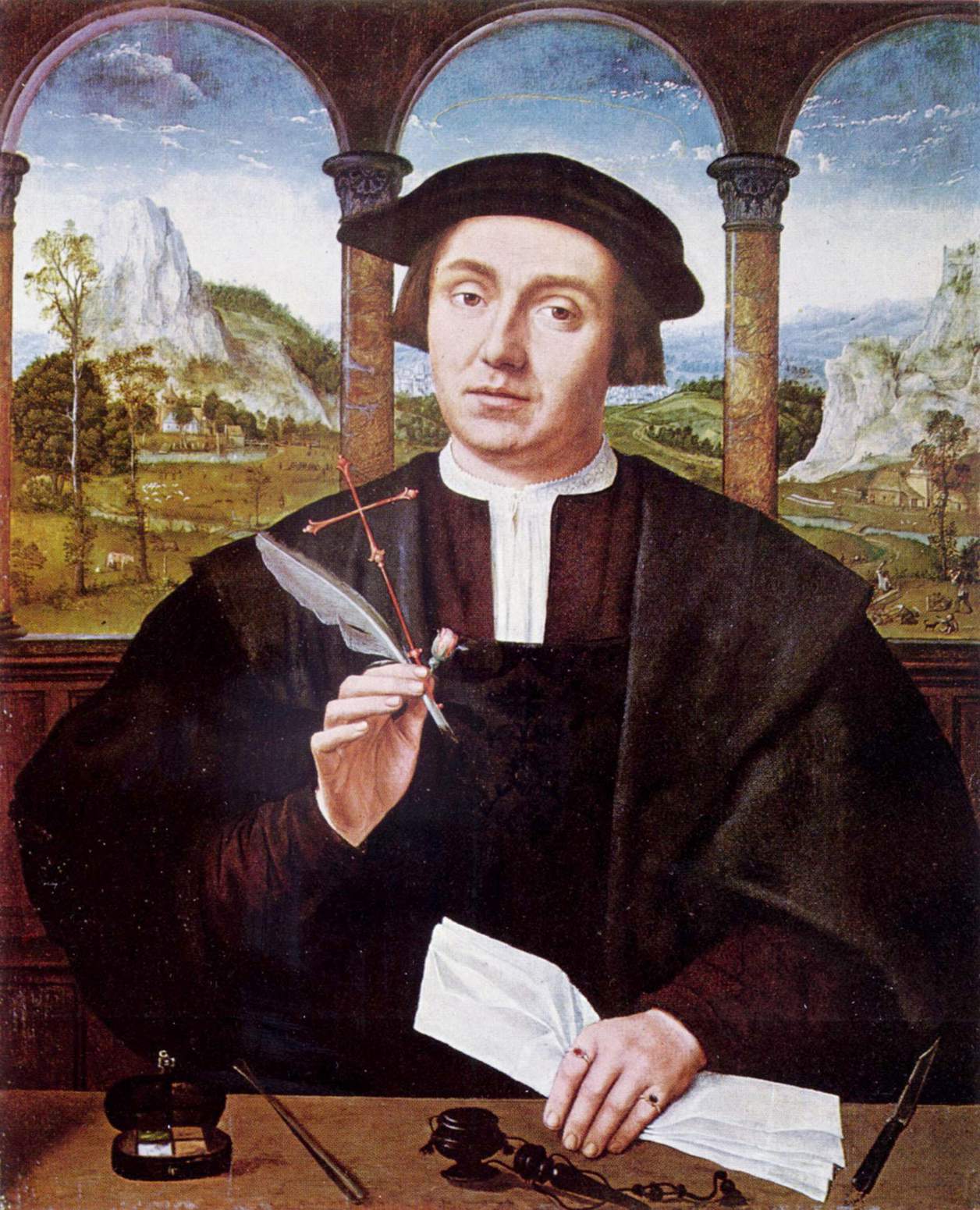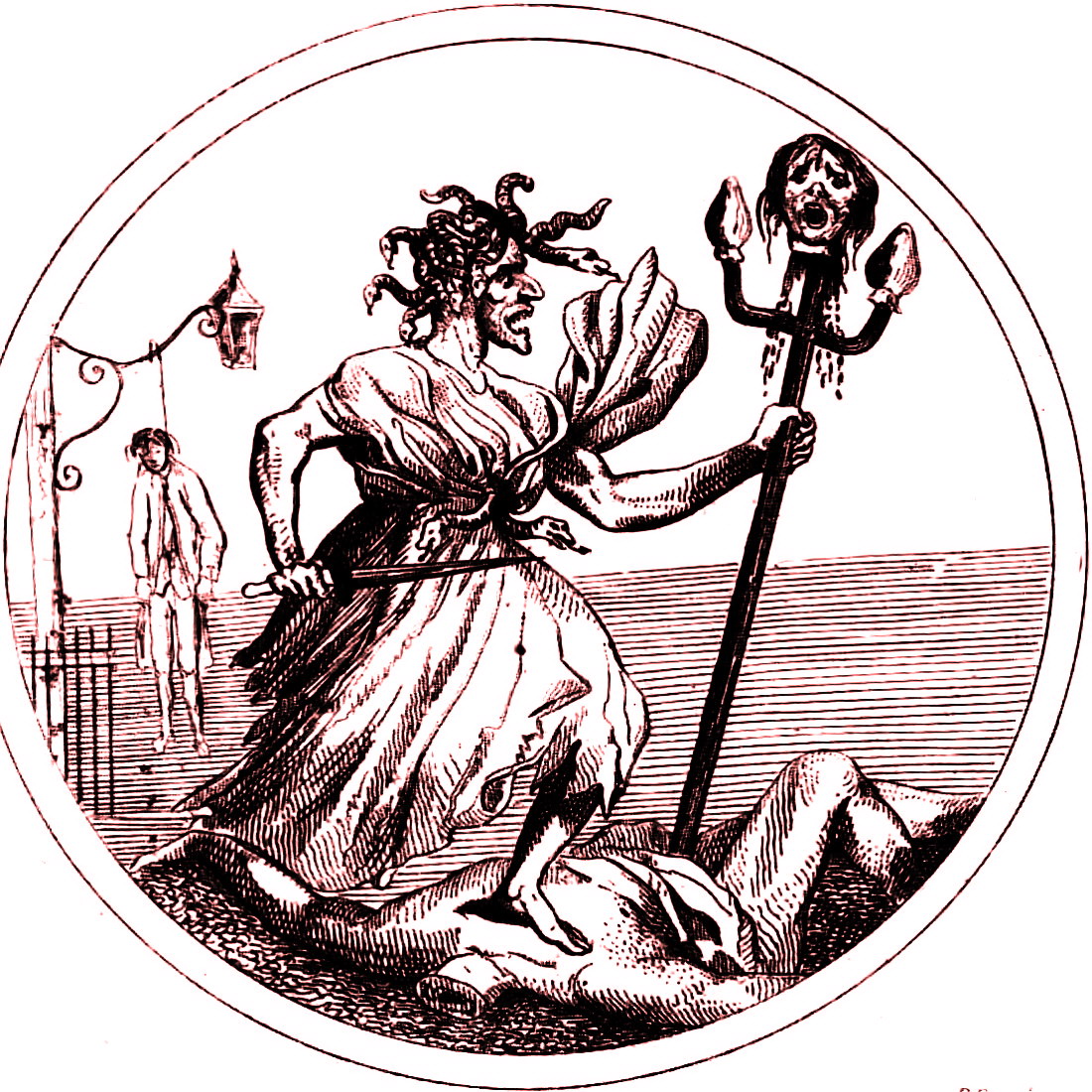|
A Tale Of Two Cities (1935 Film)
''A Tale of Two Cities'' is a 1935 film based upon Charles Dickens' 1859 historical novel, ''A Tale of Two Cities'', set in London and Paris. The film stars Ronald Colman as Sydney Carton and Elizabeth Allan as Lucie Manette. The supporting players include Edna May Oliver, Reginald Owen, Basil Rathbone, Lucille La Verne, Blanche Yurka, Henry B. Walthall and Donald Woods. It was directed by Jack Conway from a screenplay by W. P. Lipscomb and S. N. Behrman. The film was nominated for the Academy Award for Best Picture and Best Film Editing. The story is set in France and England and spans several years before and during the French Revolution. It deals with the evils that precipitated the Revolution and with an innocent family and their friends caught up in the horrors of the Terror. Charles Darnay, a French aristocrat who has rejected his rank and moved to England, and Sidney Carton, an alcoholic English advocate, both fall in love with Lucie Manette. Lucie has brought her ... [...More Info...] [...Related Items...] OR: [Wikipedia] [Google] [Baidu] |
Jack Conway (filmmaker)
Hugh Ryan "Jack" Conway (July 17, 1887 – October 11, 1952) was an American film director and film producer, as well as an actor of many films in the first half of the 20th century. Biography He was born as Hugh Ryan Conway, on July 17, 1887, in Graceville, Minnesota, USA. Conway started out as an actor, joining a repertory theater group straight out of high school. He then moved into films, and in 1911, became a member of D.W. Griffith's stock company, appearing primarily in Westerns. Four years later, he made his mark as a director and gained valuable experience at Universal (1916–17 and 1921–23), before moving on to MGM in 1925. He remained there until 1948, often helming prestige assignments featuring the studio's top male star, Clark Gable: '' Boom Town'' (1940), '' Honky Tonk'' (1941), and '' The Hucksters'' (1947) – all solid box-office hits. Conway was one of a team of MGM contract directors, who forsook any pretense to a specific individual style in favor o ... [...More Info...] [...Related Items...] OR: [Wikipedia] [Google] [Baidu] |
Reginald Owen
John Reginald Owen (5 August 1887 – 5 November 1972) was a British actor. He was known for his many roles in British and American films and television programs. Career The son of Joseph and Frances Owen, Reginald Owen studied at Sir Herbert Tree's Royal Academy of Dramatic Art and made his professional debut in 1905. In 1911, he starred in the original production of ''Where the Rainbow Ends'' as Saint George, which opened to very good reviews on 21 December 1911. A few years earlier, Reginald Owen met the author Clifford Mills, Mrs. Clifford Mills as a young actor, and it was he who, on hearing her idea of a Rainbow Story, persuaded her to turn it into a play, and thus ''Where the Rainbow Ends'' was born. He co-authored the play with Mills using the pseudonym John Ramsey (pseudonym), John Ramsey. He went to the United States in 1920 and worked originally on Broadway in New York City, and later moved to Hollywood, where he began a lengthy film career. He was a familiar face in ... [...More Info...] [...Related Items...] OR: [Wikipedia] [Google] [Baidu] |
Claude Gillingwater
Claude Benton Gillingwater (August 2, 1870 – November 1, 1939) was an American stage and screen actor. He first appeared on the stage then in more than 90 films between 1918 and 1939, including the Academy Award-nominated ''A Tale of Two Cities'' (1935) and '' Conquest'' (1937). He appeared in several films starring Shirley Temple, beginning with '' Poor Little Rich Girl'' (1936). Early life Gillingwater was born in Louisiana, Missouri. Though he studied law, he preferred not to follow in his father's footsteps and become a lawyer. He became a travelling salesman for a wholesale firm, selling vinegar. While thus engaged, he joined a small theatrical company managed by David Belasco. Eight years later, Mary Pickford saw him act and secured him for her picture, ''Little Lord Fauntleroy'' (1921), which launched his film career. Hollywood career In later years, Gillingwater generally played curmudgeonly character roles. His best-known role is probably Jarvis Lorry in David ... [...More Info...] [...Related Items...] OR: [Wikipedia] [Google] [Baidu] |
Guillotine
A guillotine is an apparatus designed for efficiently carrying out executions by beheading. The device consists of a tall, upright frame with a weighted and angled blade suspended at the top. The condemned person is secured with stocks at the bottom of the frame, positioning the neck directly below the blade. The blade is then released, swiftly and forcefully decapitating the victim with a single, clean pass so that the head falls into a basket or other receptacle below. The guillotine is best known for its use in France, particularly during the French Revolution, where the revolution's supporters celebrated it as the people's avenger and the revolution's opponents vilified it as the pre-eminent symbol of the violence of the Reign of Terror. While the name "guillotine" itself dates from this period, similar devices had been in use elsewhere in Europe over several centuries. The use of an oblique blade and the stocks set this type of guillotine apart from others. The display ... [...More Info...] [...Related Items...] OR: [Wikipedia] [Google] [Baidu] |
Bastille
The Bastille (, ) was a fortress in Paris, known formally as the Bastille Saint-Antoine. It played an important role in the internal conflicts of France and for most of its history was used as a state prison by the kings of France. It was stormed by a crowd on 14 July 1789, in the French Revolution, becoming an important symbol for the French Republican movement. It was later demolished and replaced by the Place de la Bastille. The castle was built to defend the eastern approach to the city from potential English attacks during the Hundred Years' War. Construction was underway by 1357, but the main construction occurred from 1370 onwards, creating a strong fortress with eight towers that protected the strategic gateway of the Porte Saint-Antoine heading out to the east. The innovative design proved influential in both France and England and was widely copied. The Bastille figured prominently in France's domestic conflicts, including the fighting between the rival factions o ... [...More Info...] [...Related Items...] OR: [Wikipedia] [Google] [Baidu] |
Advocate
An advocate is a professional in the field of law. List of country legal systems, Different countries' legal systems use the term with somewhat differing meanings. The broad equivalent in many English law–based jurisdictions could be a barrister or a solicitor. However, in Scots law, Scottish, Law of the Isle of Man, Manx, Anglo-Dutch law, South African, Law of Italy, Italian, Law of France, French, Law of Spain, Spanish, Law of Portugal, Portuguese, Stockholm Institute for Scandinavian Law#Scandinavian Law, Scandinavian, Law of Poland, Polish, Israeli, South Asian and South American jurisdictions, "Advocate" indicates a lawyer of superior classification. "Advocate" is in some languages an honorific for lawyers, such as "Alberico Gentili, Adv. Sir Alberico Gentili". "Advocate" also has the everyday meaning of speaking out to help someone else, such as patient advocacy or the support expected from an elected politician; this article does not cover those senses. Europe United ... [...More Info...] [...Related Items...] OR: [Wikipedia] [Google] [Baidu] |
Reign Of Terror
The Reign of Terror (french: link=no, la Terreur) was a period of the French Revolution when, following the creation of the First French Republic, First Republic, a series of massacres and numerous public Capital punishment, executions took place in response to revolutionary fervour, Anti-clericalism, anticlerical sentiment, and accusations of treason by the Committee of Public Safety. There is disagreement among historians over when exactly "the Terror" began. Some consider it to have begun only in 1793, giving the date as either 5 September, June or March, when the Revolutionary Tribunal came into existence. Others, however, cite the earlier time of the September Massacres in 1792, or even July 1789, when the first killing of the revolution occurred. The term "Terror" being used to describe the period was introduced by the Thermidorian Reaction who took power after the fall of Maximilien Robespierre in July 1794, to discredit Robespierre and justify their actions. Today ther ... [...More Info...] [...Related Items...] OR: [Wikipedia] [Google] [Baidu] |
French Revolution
The French Revolution ( ) was a period of radical political and societal change in France that began with the Estates General of 1789 and ended with the formation of the French Consulate in November 1799. Many of its ideas are considered fundamental principles of liberal democracy, while phrases like '' liberté, égalité, fraternité'' reappeared in other revolts, such as the 1917 Russian Revolution, and inspired campaigns for the abolition of slavery and universal suffrage. The values and institutions it created dominate French politics to this day. Its causes are generally agreed to be a combination of social, political and economic factors, which the ''Ancien Régime'' proved unable to manage. In May 1789, widespread social distress led to the convocation of the Estates General, which was converted into a National Assembly in June. Continuing unrest culminated in the Storming of the Bastille on 14 July, which led to a series of radical measures by the Assemb ... [...More Info...] [...Related Items...] OR: [Wikipedia] [Google] [Baidu] |
Academy Award For Best Film Editing
The Academy Award for Best Film Editing is one of the annual awards of the Academy of Motion Picture Arts and Sciences (AMPAS). Nominations for this award are closely correlated with the Academy Award for Best Picture. For 33 consecutive years, 1981 to 2013, every Best Picture winner had also been nominated for the Film Editing Oscar, and about two thirds of the Best Picture winners have also won for Film Editing. In 1980, '' Ordinary People'' won as Best Picture, but its editor Jeff Kanew was not nominated for Best Editing. Only the principal, " above the line" editor(s) as listed in the film's credits are named on the award; additional editors, supervising editors, etc. are not currently eligible. The nominations for this Academy Award are determined by a ballot of the voting members of the Editing Branch of the Academy; there were 220 members of the Editing Branch in 2012. The members may vote for up to five of the eligible films in the order of their preference; the five fi ... [...More Info...] [...Related Items...] OR: [Wikipedia] [Google] [Baidu] |
Academy Award For Best Picture
The Academy Award for Best Picture is one of the Academy Awards presented annually by the Academy of Motion Picture Arts and Sciences (AMPAS) since the awards debuted in 1929. This award goes to the producers of the film and is the only category in which every member of the Oscars is eligible to submit a nomination and vote on the final ballot. The Best Picture category is often the final award of the night and is widely considered as the most prestigious honor of the ceremony. The Grand Staircase columns at the Dolby Theatre in Hollywood, where the Academy Awards ceremonies have been held since 2002, showcase every film that has won the Best Picture title since the award's inception. There have been 581 films nominated for Best Picture and 94 winners. History Category name changes At the 1st Academy Awards ceremony (for 1927 and 1928), there were two categories of awards that were each considered the top award of the night: ''Outstanding Picture'' and '' Unique and Artistic ... [...More Info...] [...Related Items...] OR: [Wikipedia] [Google] [Baidu] |
Donald Woods (actor)
Donald Woods (born Ralph Lewis Zink; December 2, 1906 – March 5, 1998) was a Canadian-American film and television actor whose career in Hollywood spanned six decades. Life and career Woods was born in Brandon, Manitoba, and moved with his family to California, where he was raised in Burbank. His parents were William and Margaret Zink, Presbyterians of German descent. His younger brother, Clarence Russell Zink, also became an actor ( Russ Conway). Woods graduated from the University of California, Berkeley, and made his film debut in 1928. His screen career was spent mostly in B movies, for example as lawyer Perry Mason in the 1937 film '' The Case of the Stuttering Bishop''. He also played romantic leads in B comedies, notably the popular '' Mexican Spitfire'' series opposite Lupe Velez. He also occasionally played major roles in bigger feature films like ''A Tale of Two Cities'' (1935), '' Anthony Adverse'' (1936), '' If I Had My Way'' (1940, as a doomed bridge worker ... [...More Info...] [...Related Items...] OR: [Wikipedia] [Google] [Baidu] |
Henry B
Henry may refer to: People * Henry (given name) * Henry (surname) * Henry Lau, Canadian singer and musician who performs under the mononym Henry Royalty * Portuguese royalty ** King-Cardinal Henry, King of Portugal ** Henry, Count of Portugal, Henry of Burgundy, Count of Portugal (father of Portugal's first king) ** Prince Henry the Navigator, Infante of Portugal ** Infante Henrique, Duke of Coimbra (born 1949), the sixth in line to Portuguese throne * King of Germany ** Henry the Fowler (876–936), first king of Germany * King of Scots (in name, at least) ** Henry Stuart, Lord Darnley (1545/6–1567), consort of Mary, queen of Scots ** Henry Benedict Stuart, the 'Cardinal Duke of York', brother of Bonnie Prince Charlie, who was hailed by Jacobites as Henry IX * Four kings of Castile: ** Henry I of Castile ** Henry II of Castile ** Henry III of Castile ** Henry IV of Castile * Five kings of France, spelt ''Henri'' in Modern French since the Renaissance to italianize the ... [...More Info...] [...Related Items...] OR: [Wikipedia] [Google] [Baidu] |







